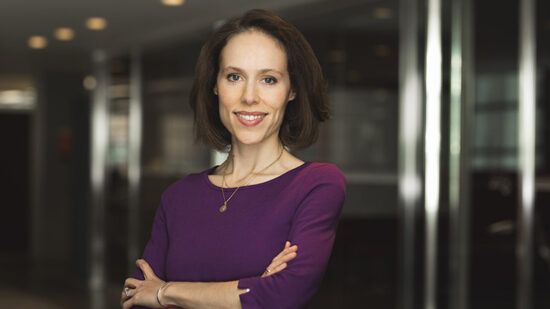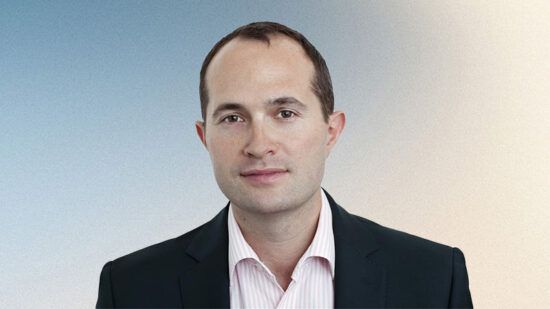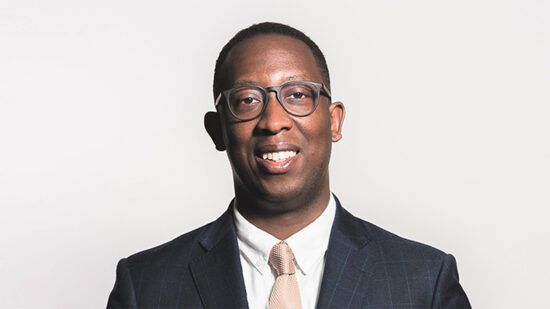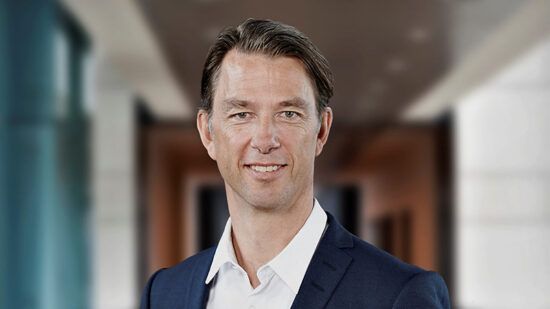Former MitonOptimal UK managing director James Sullivan has rolled out a bespoke portfolio service at Tyndall Investment Management with sustainable footprints for each portfolio being published as standard.
Sullivan (pictured) left his post as manager of a suite of multi-asset funds at MitonOptimal in the final quarter of 2020 to launch a service aimed at helping financial advice companies build centralised investment propositions in partnership with Tyndall IM.
The new franchise, Tyndall Partnerships, will develop and manage bespoke portfolios on behalf of financial planners. Sullivan, now head of partnerships at Tyndall, explained the partnership permits the financial planning firm to retain ownership of their client relationships while also displaying an involvement in the management of their assets.
He said: “Tyndall will do the heavy lifting of designing and managing a suite of portfolios appropriate for the financial planning firm with the adviser actively engaged throughout. It offers a collaborative alternative to either buying MPS ‘off the shelf’ or indeed taking the investment management capability in house, which often comes with regulatory and cost burdens.”
Alongside this, Sullivan said the team feel there is a duty to report to clients not only on performance and asset allocation but also on the sustainable footprint.
See also: – ESG Pathway: Tips for IFA firms starting ESG journey
“Ethical, ESG or impact portfolios can be crafted as standalone solutions, however, as standard, we map and report on the sustainability footprint of every portfolio we build, offering the planner and their client comfort that it need not be a binary decision on their part; i.e. to choose ESG or not.
“We believe there is a middle ground that allows clients to take comfort that they are contributing in a modest way towards E, S or G considerations without having to choose between an ‘all or nothing’ approach.”
Funds are categorised into either traditional, ethical, ESG or impact, which Sullivan said enables the team to map the portfolios responsibly as standard.
Tyndall Partnerships – fund categories

Source: Tyndall
However, Tyndall Partnerships can design portfolios that are pure ESG to satisfy clients who require 100% exposure.
Sullivan commented while it is the team’s desire to embed sustainable investments as default in all investing processes, he is aware that data and track records are still in their early stages.
“We must not try and get too far ahead of the curve; we must allow the ESG universe to mature to an extent there is a full palette to paint from,” he said.
“The evolution of alternative themes such as battery storage and energy transition are exciting ones, but it remains a relatively immature universe. There is a fear a lot of money is chasing too few a themes. We must be cognisant that for certain mandates, where they have not explicitly instructed an ESG portfolio, we remain very selective on the deployment of their wealth.
“A number of firms offer a range of ESG portfolios that sit alongside what we would call traditional portfolios, which to me is confusing. Neither suite of portfolio can therefore be the optimum portfolio in delivering outcomes that satisfy the risk and return objectives of a mandate; therefore crafting a range of portfolios that straddle the entire spectrum, to us, is the most coherent approach.”








